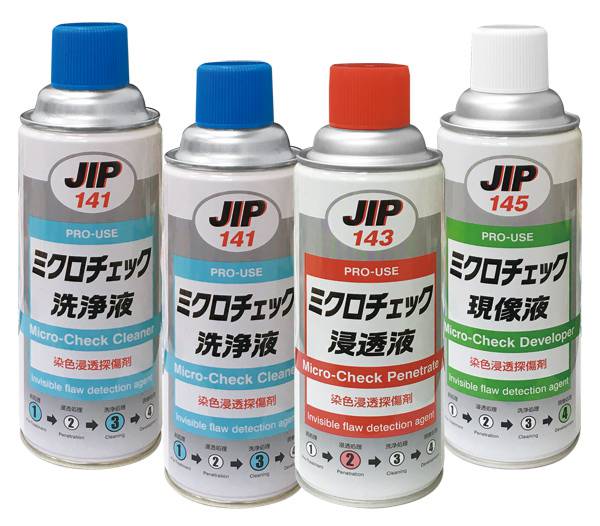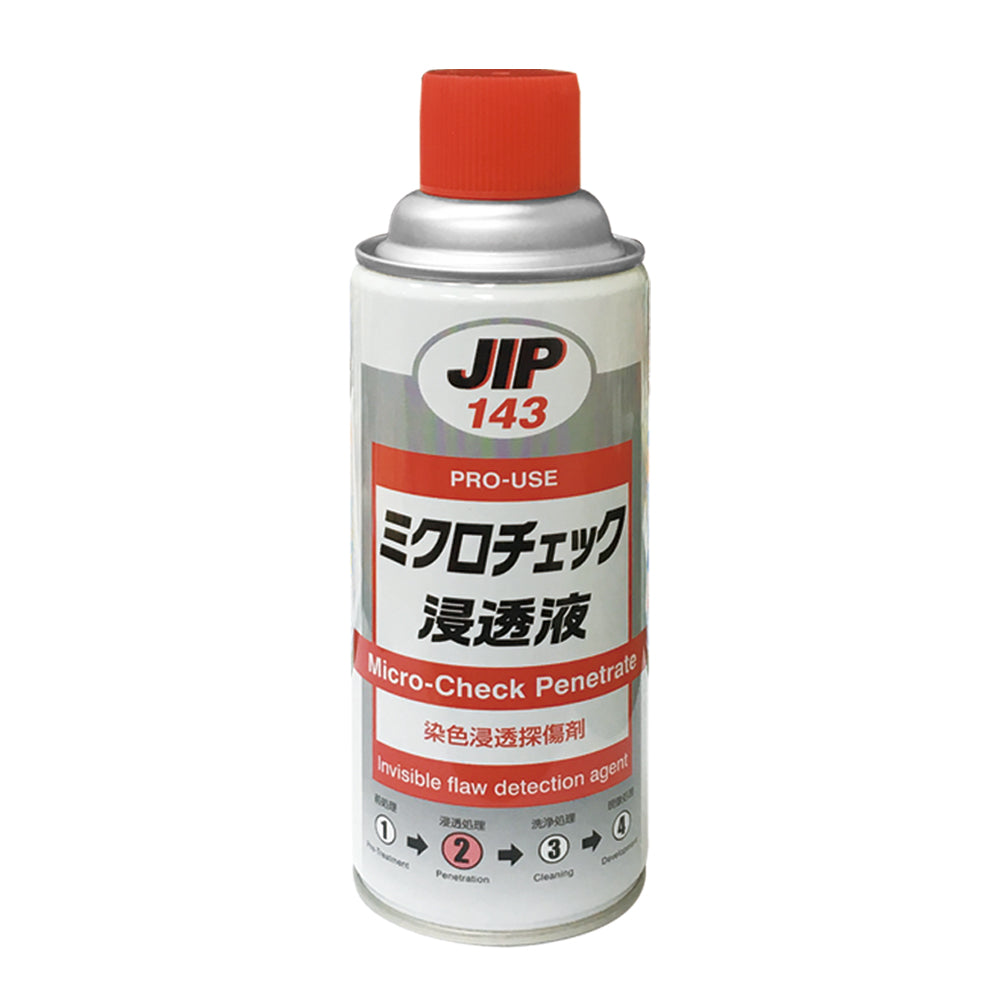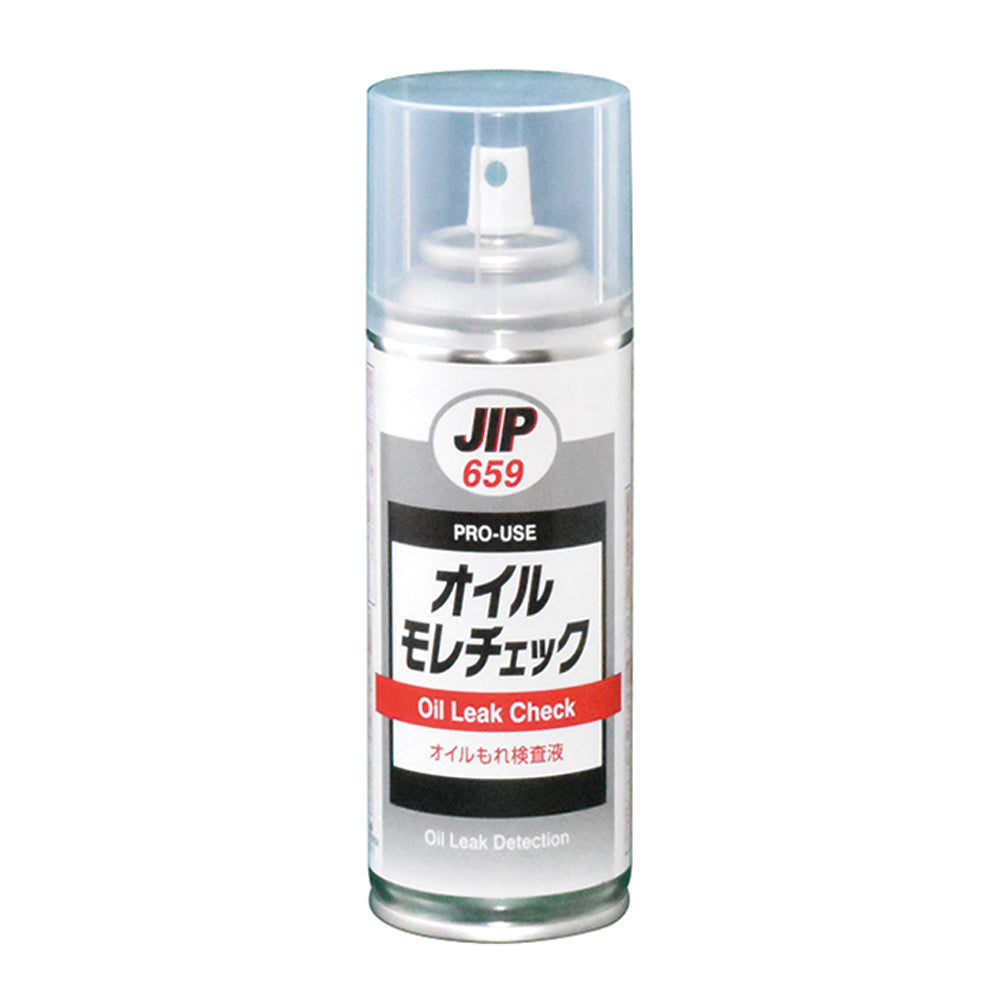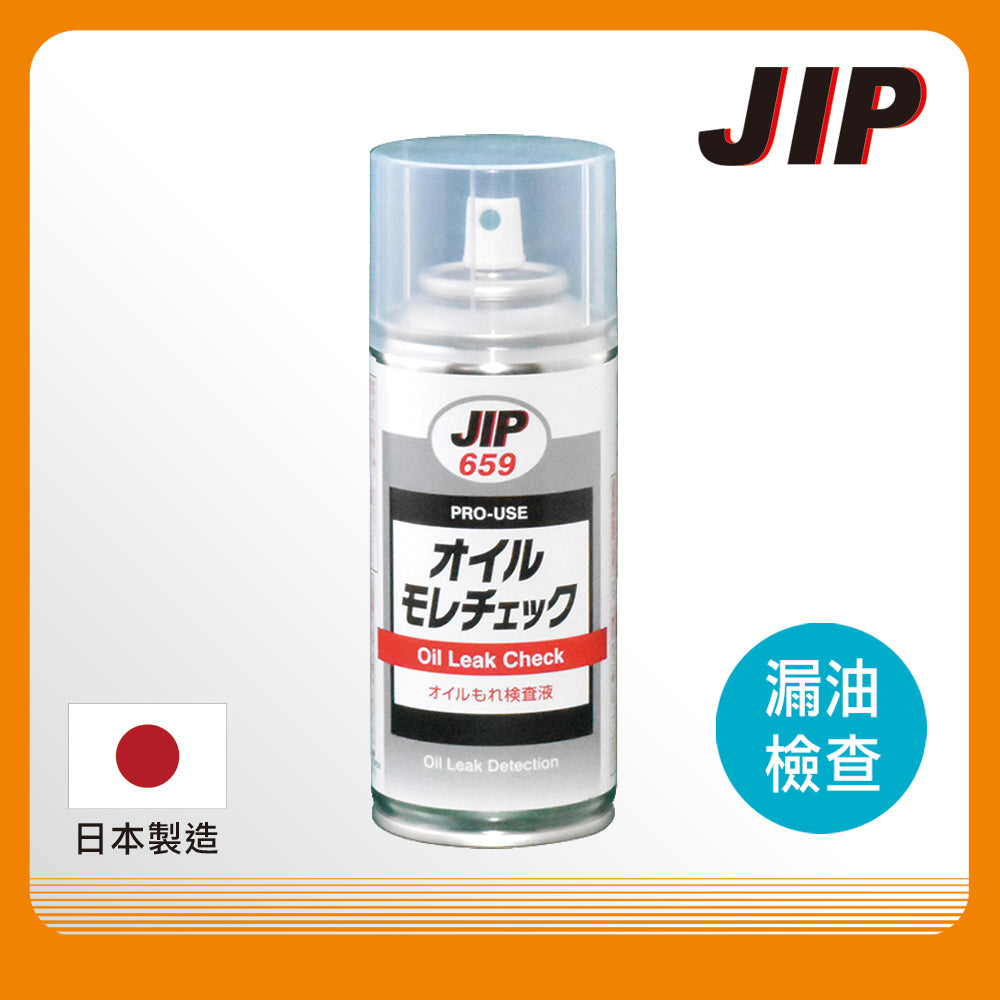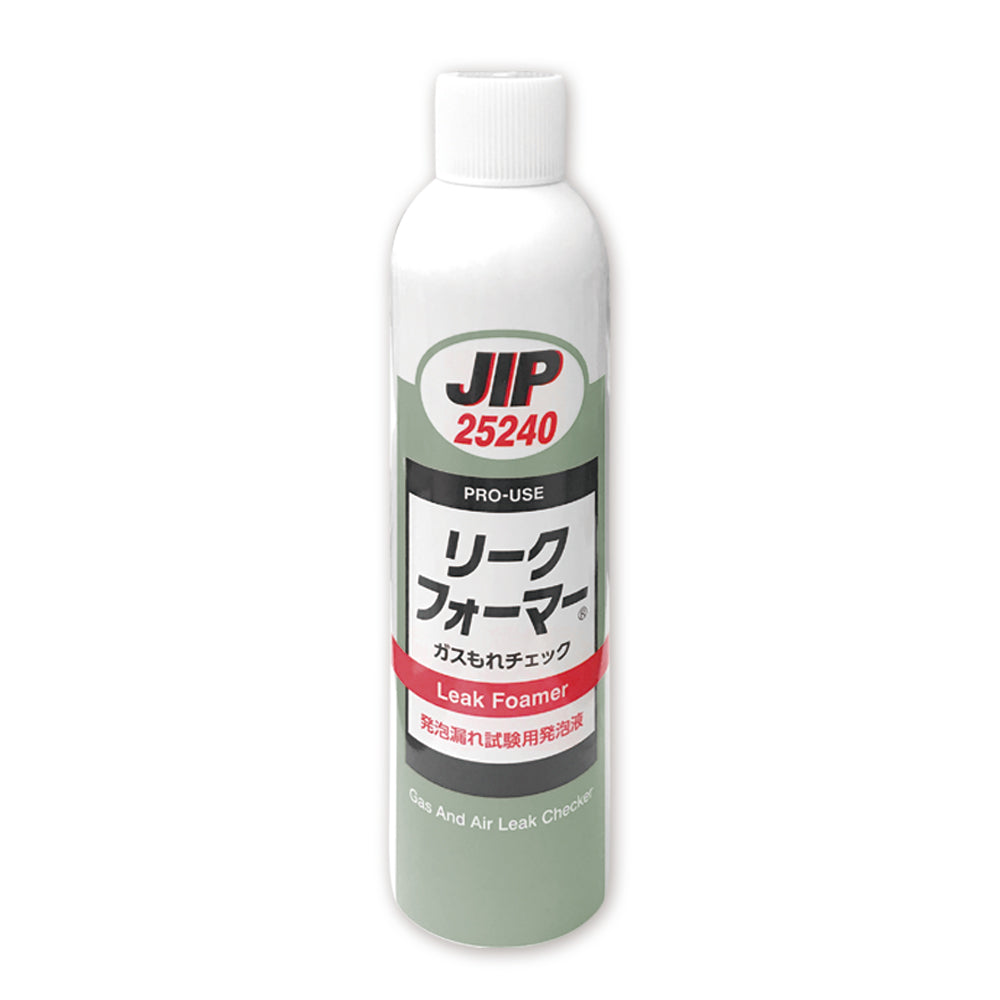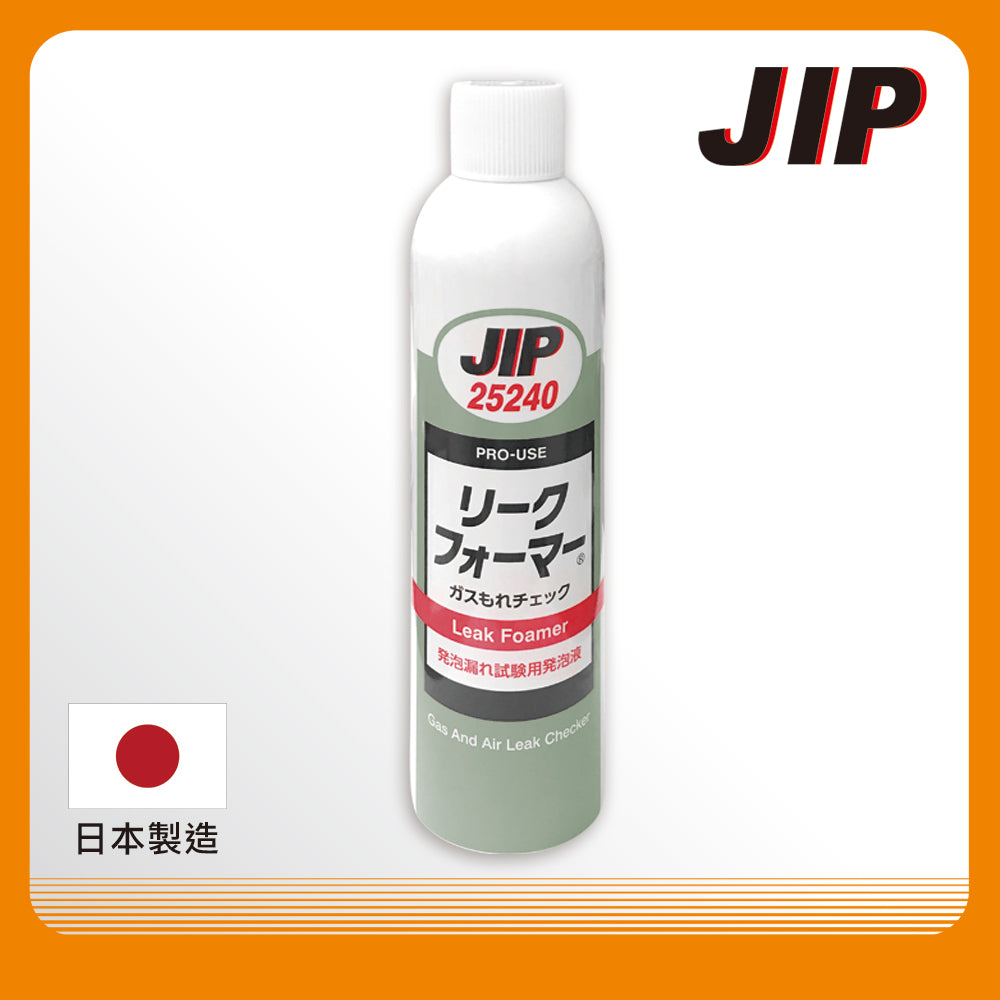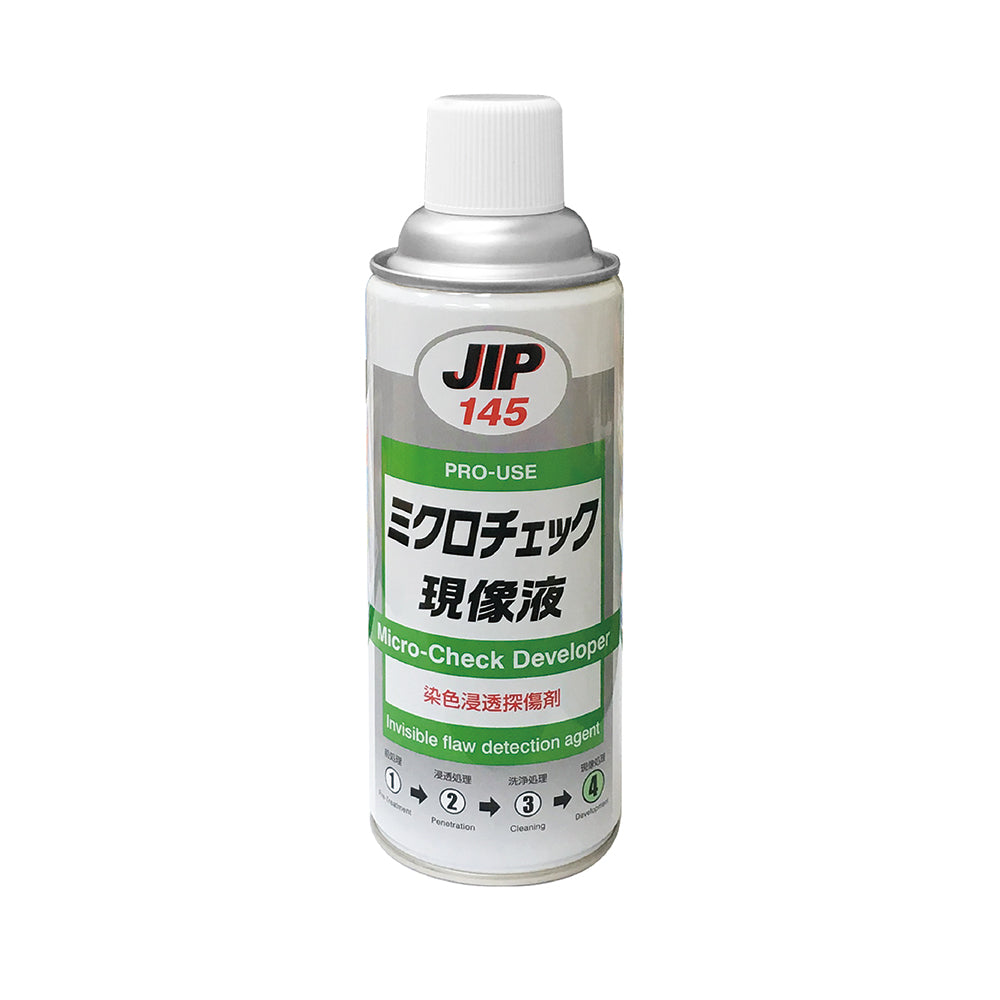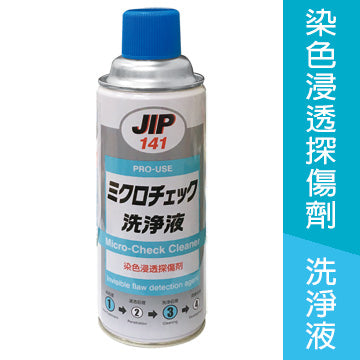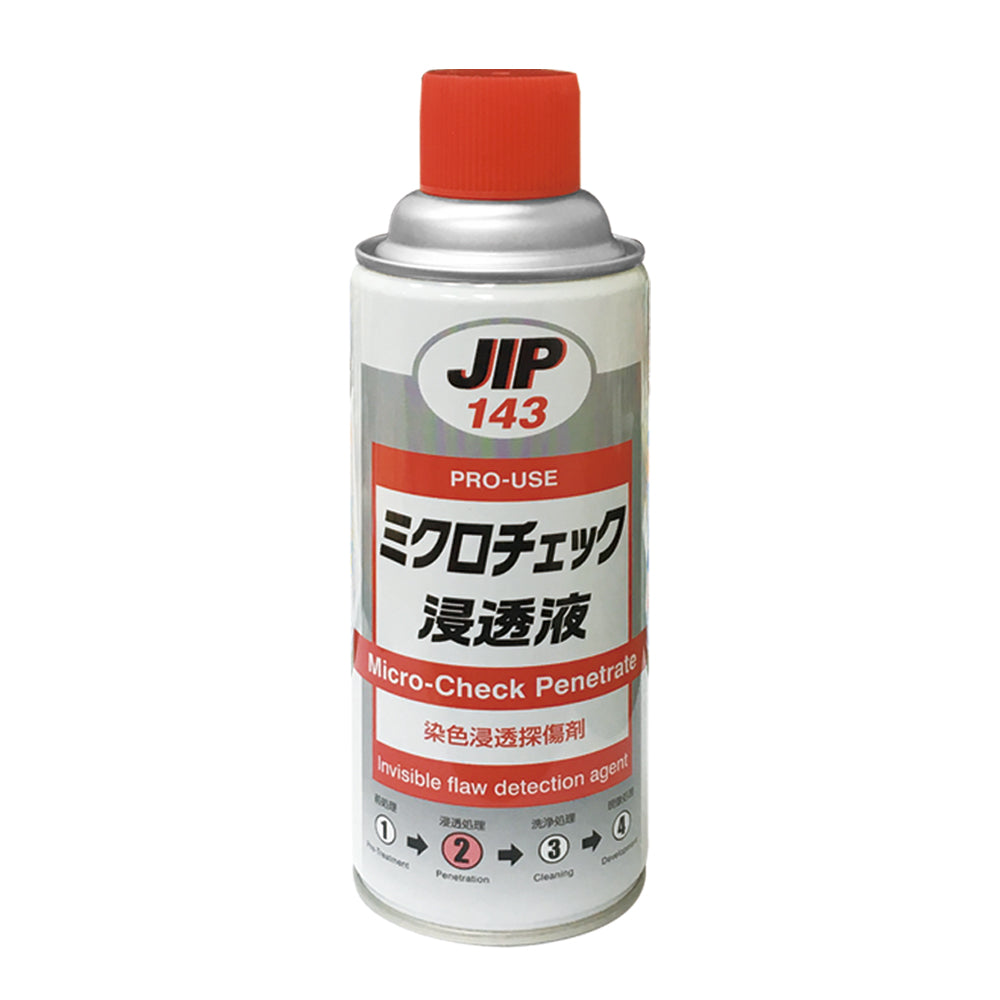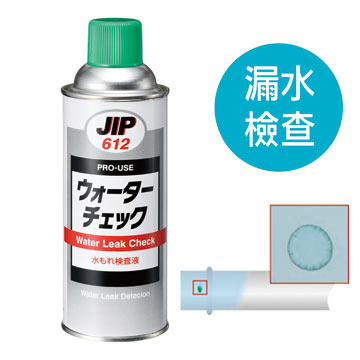Sort by:
7 products
7 products
- No special equipment is required and can be used indoors or outdoors.
- Simple operation and easy to use.
- Micro-defects that are difficult to detect with the naked eye can also be highlighted by the bright red color, so it is easy to find scars and avoid mistakes in color inspections.
- There is no restriction on the material, shape and completion status of the object. (Except coated surfaces and plastics)
- In spray form, it is easy to use and easy to carry.
- Safe for use on the most corrosive aluminum and magnesium alloys.
- As long as it is not erased, the inspection results can be saved.
- Inspection can be carried out at room temperature to 80°C.
- Inspection is carried out at -10℃ to 50℃, and the detection sensitivity is 1μm width and 10μm depth.
Product Usage:
It can be used for all metal materials such as iron, non-ferrous, magnetic and non-magnetic, as well as non-metallic materials such as porcelain and glass.
- Cast parts: pinholes, shrinkage cracks
- Forging part: Forging cracks
- Welding parts: cracks, holes, poor joints, penetration defects
- Fatigue phenomena of metal materials: grinding cracks, burning cracks, cutting cracks
- Defect inspection: drums, boilers, pipes, etc.
- Strip Inspection: Strip Inspection of Hot Spot Packaging Materials
Instructions:
The dye penetration flaw detection method is to soak the defective part of the surface of the item to be inspected with a red penetrating liquid, then use a cleaning solution to remove the red penetrating liquid, and then use a white developer to create a capillary image, so that the defective part is soaked in red. The fluid develops color, allowing defects that are invisible to the naked eye to be discovered.
The inspection method specifically refers to the following four basic steps:
Product specifications:
Cleaning fluid:
- Appearance: colorless transparent liquid
- Operating temperature range: 0~60℃
- Content volume: 420ml
- Quantity: 2 cans
Soaking fluid:
- Appearance: red liquid
- Operating temperature range: 0~80℃
- Content volume: 420ml
- Quantity: 1 can
Developer:
- Appearance: White powder coating
- Operating temperature range: 0~50℃
- Content volume: 420ml
- Quantity: 1 can
JIP659 oil leakage detection fluid can easily detect oil leakage. It only needs to be applied externally and will not stain the inside.
feature of product:
- JIP659 Oil Leak Check Fluid
- Oil leaks can be easily detected through the white coating film
- It can suck out liquids and perform inspections without pressurization.
- Only the outside is coated and the inside will not be stained
- Can be cleaned by washing after inspection
- Original imported from Japan Co., Ltd. ICHINEN CHEMICALS CO.,LTD.
Scope of application:
- Detect oil leakage from welded parts and joints of various oil piping (also applicable to rubber pipes)
- Found oil leakage in welded parts and joint parts of various oil tanks
- Detect oil leakage from the fuel tank joints and brake hose piping parts of automobiles, etc.
Performance/Characteristics:
- Appearance (after drying): white powder coating
- Operating temperature range: 0-50℃
capacity:
- 150ml
- Original imported from ICHINEN CHEMICALS CO., LTD., JIP25240 gas pipeline foam leak detector, gas/cold coal leak detector
- Spray leak detector can quickly detect air leaks with just one spray
- If gas leaks out, foam will be generated as soon as it is sprayed. It is easy to detect small air leaks and leaks. Leak detection
- Reacts to tiny gases and bubbles at any time
- Foaming leak test (JIS-Z2329): For 30 micron holes, foaming with a differential pressure of 4~5x103Pa
- The leak detection agent is a colorless and transparent liquid, which is non-flammable and will not cause danger due to chemical reactions.
- The leak detector will not affect the environment or human skin health; paint, rubber, and plastic surfaces will not be affected either.
- Suitable for oil pipelines, gas, refrigerant, pressure pipelines, welded joints, clutch compressors, automobile and motorcycle tires, braking systems, etc.
Scope of application:
- The discovery of gas leakage at the joints of various gas equipment piping systems
- Detection of refrigerant leakage at piping joints of air-conditioning refrigerators and other machines
- Detection of air leakage at piping joints in air compressors, pressure vessels, air conditioners, etc.
- Searching for leaks in tires and braking systems of cars, motorcycles and trucks
- Household gas, liquefied petroleum gas leakage search
Product specifications:
- Contents: 351g
Different from the general soap bubble test:
- Our company's leak detection agent is a high-pressure water-soluble liquid, which is a mist spray that spreads evenly and has a large surface tension. When the pipeline leaks, it will immediately generate bubbles, making it easy to find the leak. Compared with ordinary soap bubbles, it is easier to detect, improves work efficiency and saves time.
- No special equipment is required and can be used indoors or outdoors.
- Simple operation and easy to use.
- Micro-defects that are difficult to detect with the naked eye can also be highlighted by the bright red color, so it is easy to find scars and avoid mistakes in color inspections.
- There is no restriction on the material, shape and completion status of the object. (Except coated surfaces and plastics)
- In spray form, it is easy to use and easy to carry.
- Safe for use on the most corrosive aluminum and magnesium alloys.
- As long as it is not erased, the inspection results can be saved.
- Inspection can be carried out at room temperature to 80°C.
- Inspection is carried out at -10℃ to 50℃, and the detection sensitivity is 1μm width and 10μm depth.
Product Usage:
It can be used for all metal materials such as iron, non-ferrous, magnetic and non-magnetic, as well as non-metallic materials such as porcelain and glass.
- Cast parts: pinholes, shrinkage cracks
- Forging part: Forging cracks
- Welding parts: cracks, holes, poor joints, penetration defects
- Fatigue phenomena of metal materials: grinding cracks, burning cracks, cutting cracks
- Defect inspection: drums, boilers, pipes, etc.
- Strip Inspection: Strip Inspection of Hot Spot Packaging Materials
Instructions:
The dye penetration flaw detection method is to soak the defective part of the surface of the item to be inspected with a red penetrating liquid, then use a cleaning solution to remove the red penetrating liquid, and then use a white developer to create a capillary image, so that the defective part is soaked in red. The fluid develops color, allowing defects that are invisible to the naked eye to be discovered.
The inspection method specifically refers to the following four basic steps:
Product specifications:
- Appearance: white powdery coating
- Operating temperature range: 0~50℃
- Content volume: 420ml
- No special equipment is required and can be used indoors or outdoors.
- Simple operation and easy to use.
- Micro-defects that are difficult to detect with the naked eye can also be highlighted by the bright red color, so it is easy to find scars and avoid mistakes in color inspections.
- There is no restriction on the material, shape and completion status of the object. (Except coated surfaces and plastics)
- In spray form, it is easy to use and easy to carry.
- Safe for use on the most corrosive aluminum and magnesium alloys.
- As long as it is not erased, the inspection results can be saved.
- Inspection can be carried out at room temperature to 80°C.
- Inspection is carried out at -10℃ to 50℃, and the detection sensitivity is 1μm width and 10μm depth.
Product Usage:
It can be used for all metal materials such as iron, non-ferrous, magnetic and non-magnetic, as well as non-metallic materials such as porcelain and glass.
- Cast parts: pinholes, shrinkage cracks
- Forging part: Forging cracks
- Welding parts: cracks, holes, poor joints, penetration defects
- Fatigue phenomena of metal materials: grinding cracks, burning cracks, cutting cracks
- Defect inspection: drums, boilers, pipes, etc.
- Strip Inspection: Strip Inspection of Hot Spot Packaging Materials
Instructions:
The dye penetration flaw detection method is to soak the defective part of the surface of the item to be inspected with a red penetrating liquid, then use a cleaning solution to remove the red penetrating liquid, and then use a white developer to create a capillary image, so that the defective part is soaked in red. The fluid develops color, allowing defects that are invisible to the naked eye to be discovered.
The inspection method specifically refers to the following four basic steps:
Product specifications:
- Appearance: colorless transparent liquid
- Operating temperature range: 0~60℃
- Content volume: 420ml
- No special equipment is required and can be used indoors or outdoors.
- Simple operation and easy to use.
- Micro-defects that are difficult to detect with the naked eye can also be highlighted by the bright red color, so it is easy to find scars and avoid mistakes in color inspections.
- There is no restriction on the material, shape and completion status of the object. (Except coated surfaces and plastics)
- In spray form, it is easy to use and easy to carry.
- Safe for use on the most corrosive aluminum and magnesium alloys.
- As long as it is not erased, the inspection results can be saved.
- Inspection can be carried out at room temperature to 80°C.
- Inspection is carried out at -10℃ to 50℃, and the detection sensitivity is 1μm width and 10μm depth.
Product Usage:
It can be used for all metal materials such as iron, non-ferrous, magnetic and non-magnetic, as well as non-metallic materials such as porcelain and glass.
- Cast parts: pinholes, shrinkage cracks
- Forging part: Forging cracks
- Welding parts: cracks, holes, poor joints, penetration defects
- Fatigue phenomena of metal materials: grinding cracks, burning cracks, cutting cracks
- Defect inspection: drums, boilers, pipes, etc.
- Strip Inspection: Strip Inspection of Hot Spot Packaging Materials
Instructions:
The dye penetration flaw detection method is to soak the defective part of the surface of the item to be inspected with a red penetrating liquid, then use a cleaning solution to remove the red penetrating liquid, and then use a white developer to create a capillary image, so that the defective part is soaked in red. The fluid develops color, allowing defects that are invisible to the naked eye to be discovered.
The inspection method specifically refers to the following four basic steps:
Product specifications:
- Appearance: red liquid
- Operating temperature range: 0~80℃
- Content volume: 420ml
JIP612 water leakage detection fluid, water leakage detection agent, is a water leakage detection dye. It can detect water leakage areas through the white coating film. It can only be applied on the outside and will not stain the inside.
Product equality:
- Original imported from ICHINEN CHEMICALS CO., LTD., JIP612 water leakage detection fluid
- Detect water leakage dye and find the leakage area through the change of white coating film
- Water leakage detection agent can only be applied on the outside and will not stain the inside.
- Can be cleaned by washing after inspection
Scope of application:
- Check water leakage by hydraulic pressure test of water tanks, etc.
- Check for leaks in pipes and containers
Performance/Characteristics:
- Appearance (after drying): white powder coating
- Operating temperature range: 0-50℃
capacity:
420ml

